mm-wave PA Design
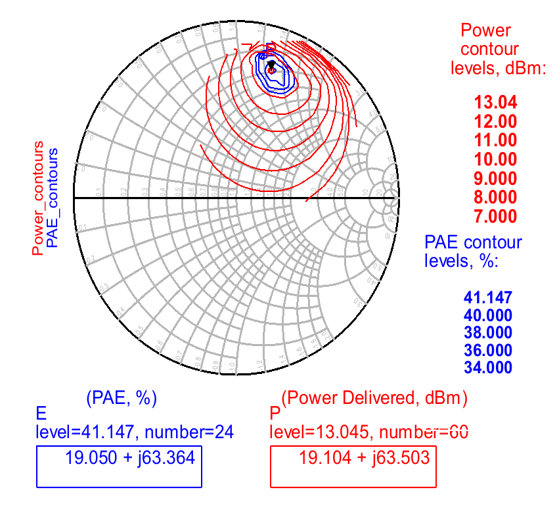
A sneak peak into the design of a 94GHz mm-Wave PA using Keysight ADS, Cadence and Sonnet.
TX IQ Mixer
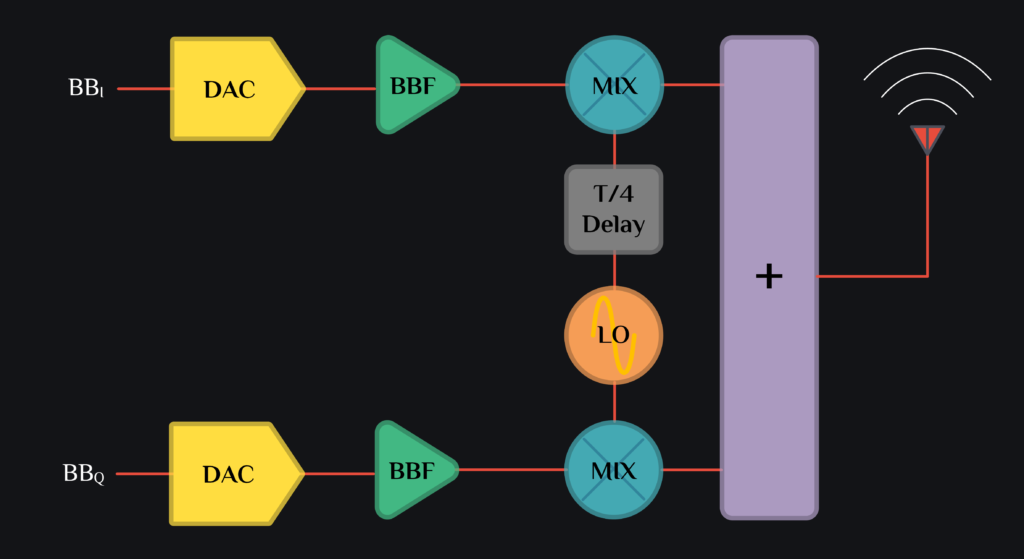
TX IQ Mixer We want to upconvert our baseband signal, (omega_{bb}) , to an RF frequency, (omega_{lo}+omega_{bb}). The easiest and probably the only way alive of doing so is to multiply (omega_{bb}) signal with (omega_{lo}) signal. This works and generates two sidebands, (omega_{lo}+omega_{bb}) & (omega_{lo}-omega_{bb}). But in almost all of the applications today, you just […]
TX HRM Mixer
TX HRM Mixer Your mixer has two frequencies going in, (omega_{bb}) and (omega_{lo}), and you desire only one frequency coming out, (omega_{lo}+omega_{bb}). With the risk of stating the obvious, that is not what happens in real world. Your mixer outputs a lot more trash than you would have ever imagined. Some of it lies far […]
TX Mixer
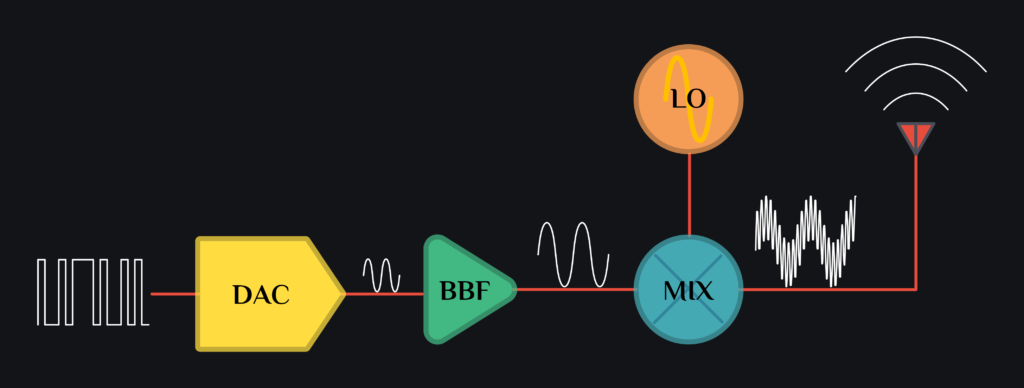
TX Mixer Consider a typical TX with DAC (digital to analog converter), BBF (baseband filter and/or amplifier) and MIX (mixer) as shown in image below. Say DAC outputs a sinusoid signal. Let’s do some math to see what happens to the signal when it makes it to the TX output. $$ DAC,(t): Vcos(omega_{bb},t)$$ This signal […]
Print Noise Summary to a File in Cadence
Print Noise Summary to a File in Cadence When netlist of your circuit is too big, printing noise often crashes Cadence and it gets too slow in loading results, going to print window etc. Instead, we can just directly print noise summary to a file without needing to go to maestro itself. Here is how […]
Semiconductor Yield Estimation
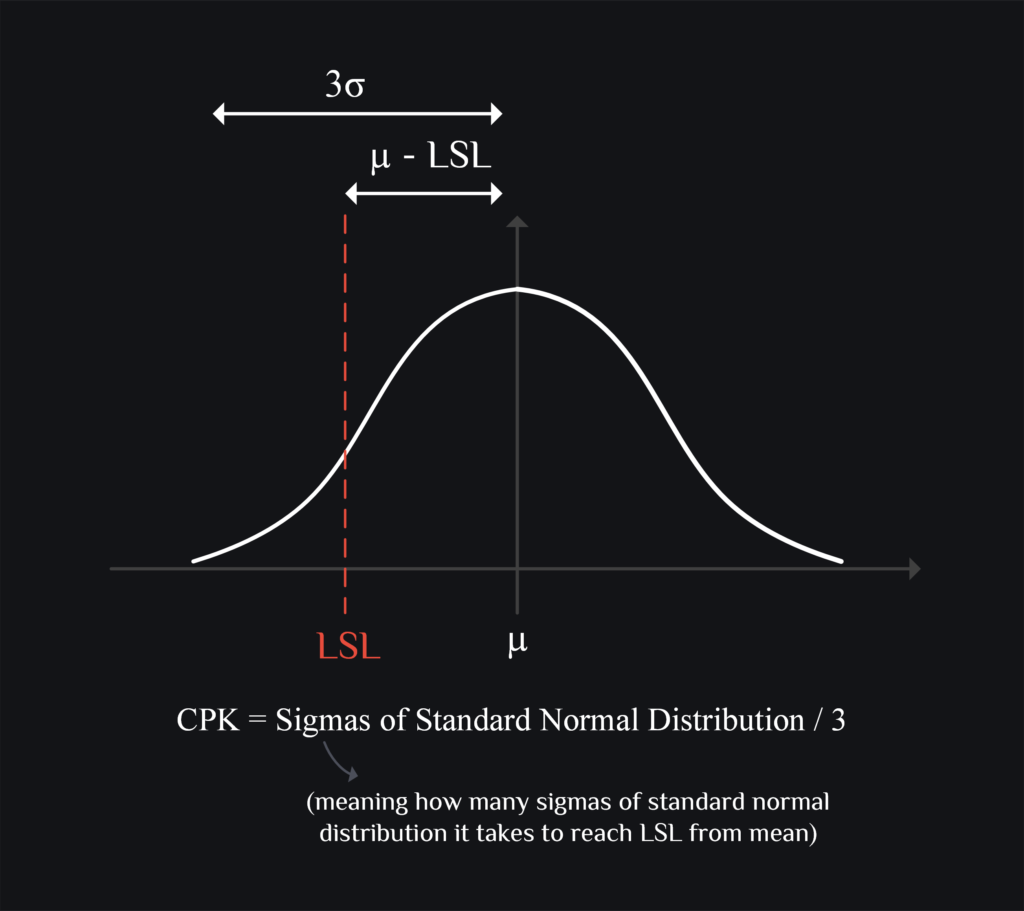
Semiconductor Yield Estimation Say you have an amplifier with Gain spec of x dB and you want to understand how many chips will pass this spec. What do you do? You measure all the parts you have, count the parts where gain fell below x dB and divide it to total number of parts, and […]
Cadence Tips and Tricks

Cadence Tips & Tricks Stop wasting time on manual work. Use these Cadence tips & tricks to automate repetitive tasks, increase work efficiency and rather spend your saved time on doing something creative. 1. Wrap your Corners Make a wrapper file for different corner cases to prevent yourself from inflicting the pain of different model […]
Single Tone Distortion
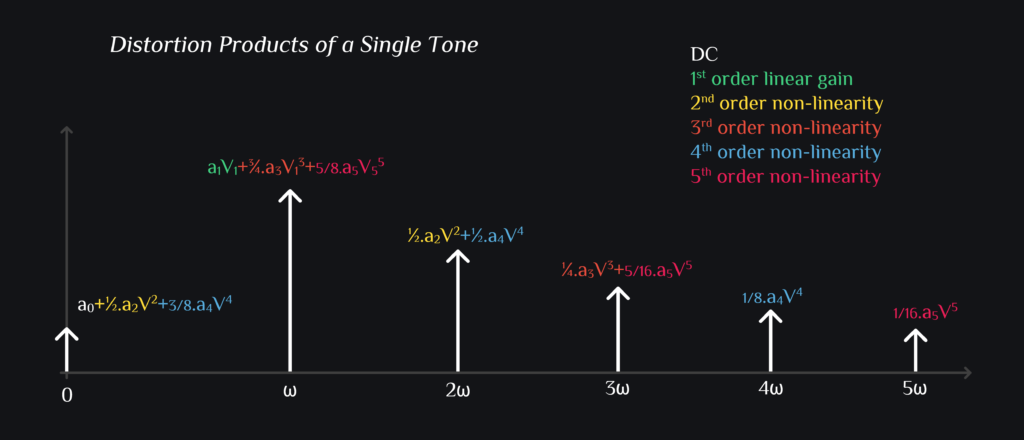
Distortion of a Single Tone in a non-linear System How does a single tone gets distorted in a non-linear system, what distortion products it generates and some insights into what goes in signal gain. Assume a non-linear system which can be modelled using a polynomial: $$V_o = a_o+a_1V_i+a_2V_i^2+a_3V_i^3+a_4V_i^4+a_5V_i^5$$ Let’s excite it with a single tone: […]
Counter Intermodulation Distortion aka 4FMODs
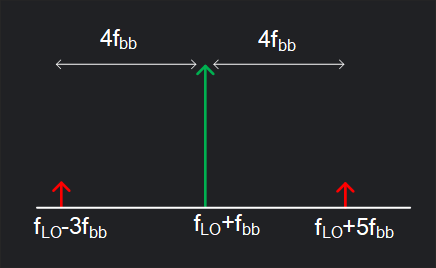
4FMODs and Counter IM3 New to transmitter design? Trying to understand what metrics are used by industry for transmitter design? You might have heard of primary 4FMOD (also called CIM3) and secondary 4FMOD (also called CIM5). Unlike traditional IM3 which is generated by intermodulation of two tones, CIM3 and CIM5 are primarily generated by distortion […]
Intermodulation of Two Tones
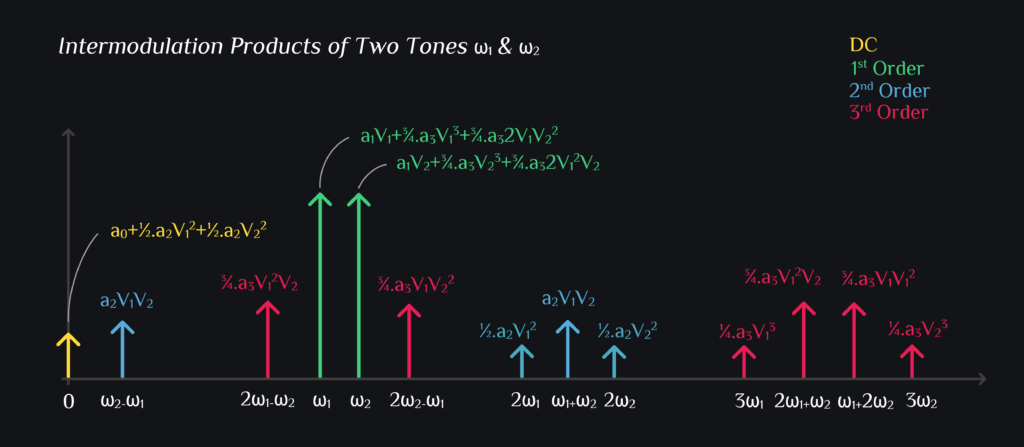
Intermodulation of Two Tones Admit it. You are lazy and don’t make notes. You do this math every time you need to remember what distortion products are generated by intermodulation of two tones and what is their relative level. No more. We are doing the math now, so you don’t have to. Intermodulation Math Assume […]